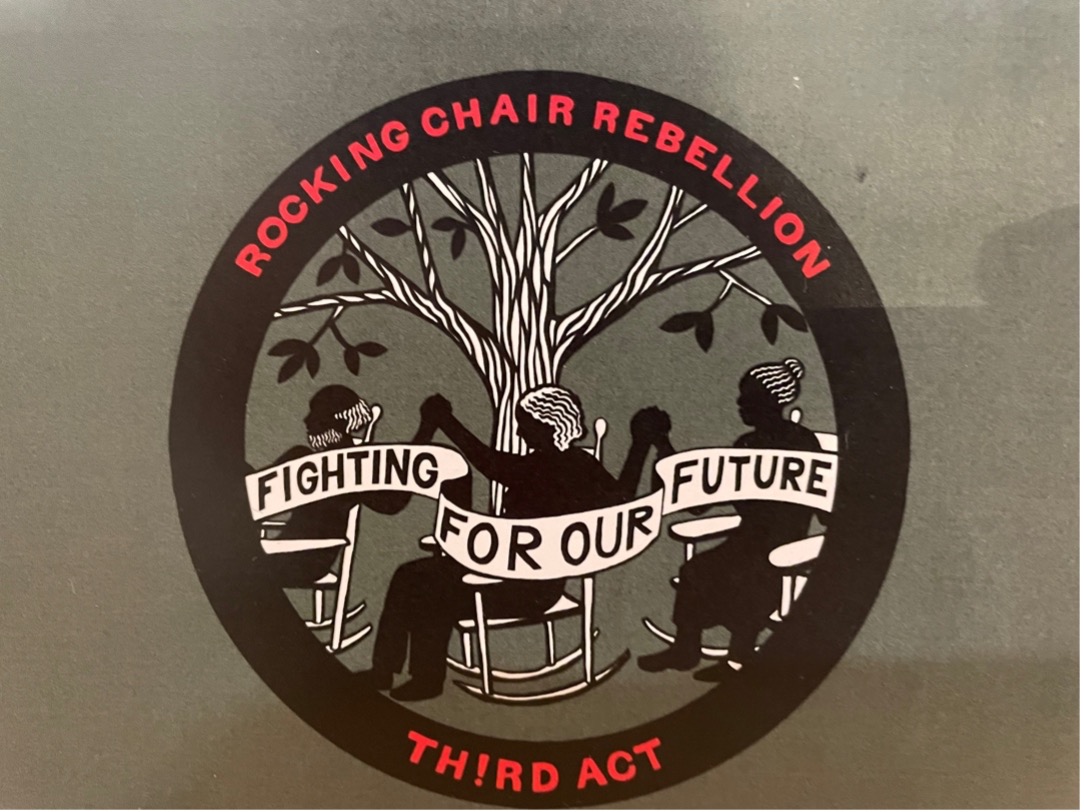
A report by the Political Economy Research Institute at the University of Massachusetts titled “New Jobs – Cleaner Air: Employment Effects Under Planned Changes to the EPA’s Air Pollution Rules” has seemingly made an impact in the debate over the Environmental Protection Agency’s effects on the economy.
“We released this report on Feb. 8 of this year in [Washington], D.C., at a conference sponsored by an organization called the Blue Green Alliance,” said James Heintz, associate director of PERI and co-author of the report. “Our timing turned out to be really fortuitous in the sense that the new, Republican-dominated House was having hearings with Lisa Jackson, who’s head of the EPA the day after this report came out. We didn’t plan it that way, but it happened. The EPA is under a lot of pressure now because there’s a lot of rhetoric that the EPA is destroying jobs, keeping the recovery from happening and because, I think, the EPA is under such attack and there were Congressional hearings, this report has gotten a lot of attention.”
The report was prepared in response to two regulations the EPA was expected to issue under the Clean Air Act’s 1990 amendments: the Clean Air Transport Rule and the National Emissions Standards for Hazardous Air Pollutants for Utility Boilers rule, also known as Utility MACT, which stands for Maximum Available Control Technology. According to the report, the Utility MACT rule “will, for the first time, set federal limits for hazardous air pollutants such as mercury, lead, dioxin and arsenic.”
Heintz said that the Utility MACT rule was court-mandated as well as the transport rule, “and that’s looking at utilities in one state, when they pollute, actually make it difficult or impossible for neighboring states to meet their federal clean air standards.”
The report concluded that implementation of the new rules would lead utilities to “invest almost $200 billion on capital improvements, including almost $94 billion on pollution controls and over $100 billion on about 68 thousand megawatts of new generation capacity” between 2010 and 2015 and over the same period, those investments will result in 1.46 million jobs created.
“We look at two sets of investments,” Heintz said. “One is the adoption of pollution control technologies, so these are kind of expensive investments that the utilities have to put in place – things like what are called ‘scrubbers’ to clean up sulfur dioxide and so forth. We also look at new capacity additions, so the electric sector’s expected to expand over this time period, but it might invest in different types of technologies in terms of generation, not just pollution control.”
Additionally, the report cites a study by Dr. Ira Shavel and Barclay Gibbs of Charles River Investments, a Boston-based consulting firm that projected that the new regulations would result in “35 gigawatts of coal plant retirements by 2015” because it would be unprofitable for the power companies to invest in regulatory compliance of some older plants.
“There are a few things to keep in mind. One is that these new standards that are coming into place are just extensions of regulations that were created under the 1990 amendments of the Clean Air Act,” Heintz said. “Congress under the first Bush administration passed air pollution control legislation that affected the utility companies, so the efforts to control acid rain and all of that came on at that time. So these [proposed regulations] are really an extension of all that. Utility companies have been investing in new capacity and in pollution control technology, so it’s been happening for over two decades.”
The White House Office of Management and Budget was cited as reporting that since the Clean Air Act was first enacted in 1970, for every $1 spent on compliance with regulations, there have been $4 to $8 in benefits.
“Congress requires that you do a cost-benefit analysis of the costs of compliance with federal regulations versus the benefits that you get out of them,” Heintz said. “The EPA has done this – not specifically on this set of regulations – but for some of the other regulations that it imposes. For these standards a lot of the benefits you would get are health benefits. They’re talking about controlling very toxic emissions from power plants. Other EPA benefits are increased agricultural productivity and protecting ground water.”
The report mostly focuses on the regulations’ effects on the Eastern Interconnection, one of three electricity grids for the continental United States. The Eastern Interconnection contains the 35 eastern states, the District of Columbia and parts of South Dakota, Montana and Texas. According to the report, 73 percent of electricity in the United States is generated in the Eastern Interconnection and the Transport Rule will be applied only to those states.
“History has proven,” the report’s executive summary read, “that clean air and strong economic growth are mutually reinforcing. Since 1990, the [Clean Air Act] has reduced emissions of the most common air pollutants 41 percent while [the] Gross Domestic Product] increased 64 percent.”
Matthew M. Robare can be reached at [email protected].












